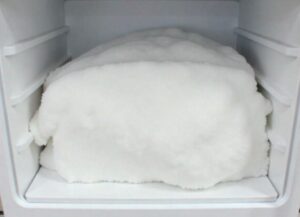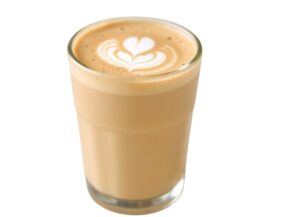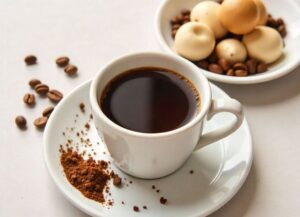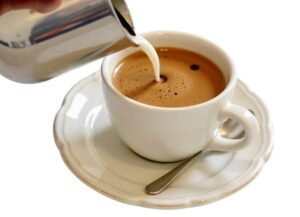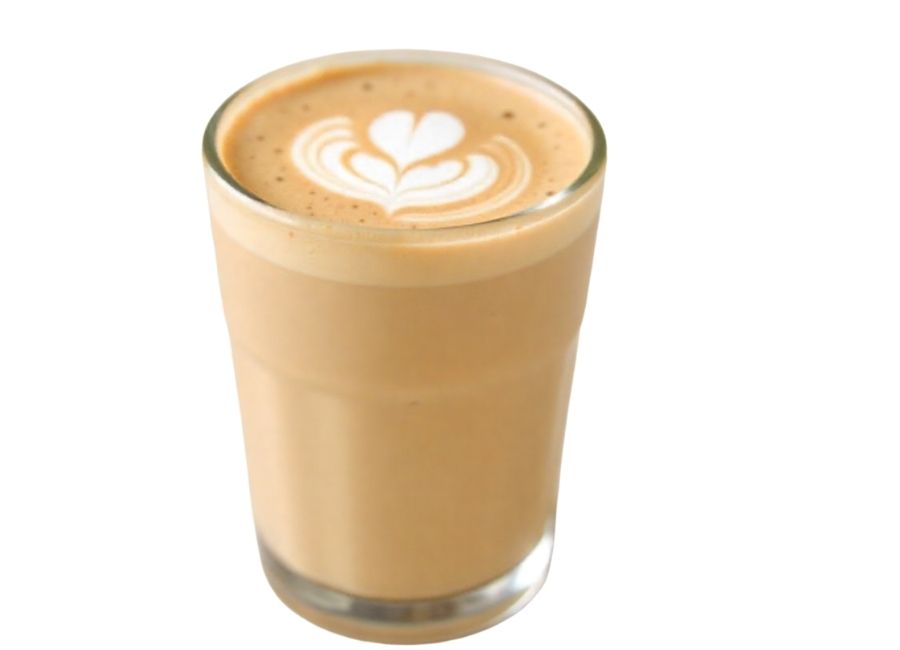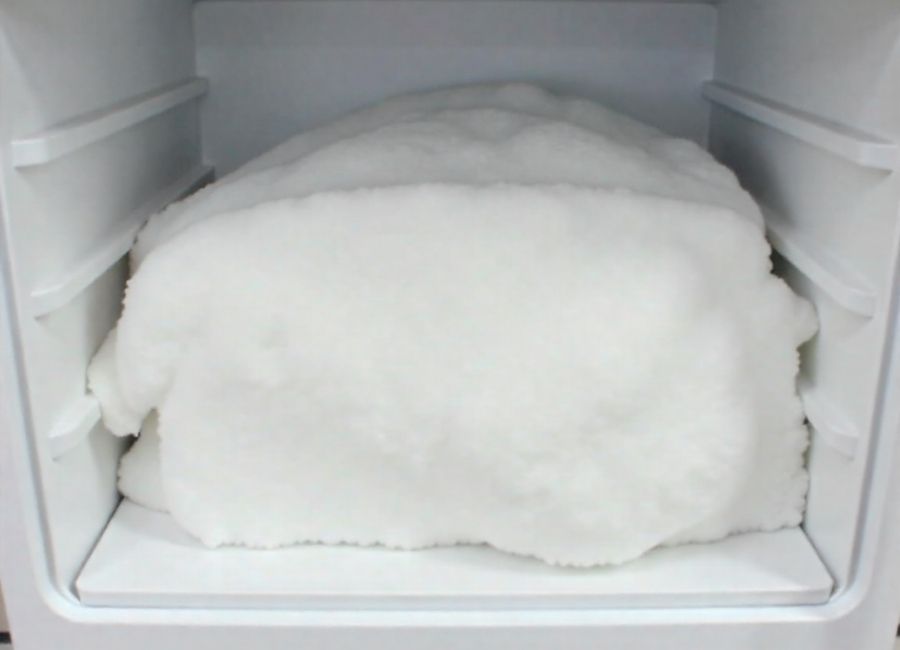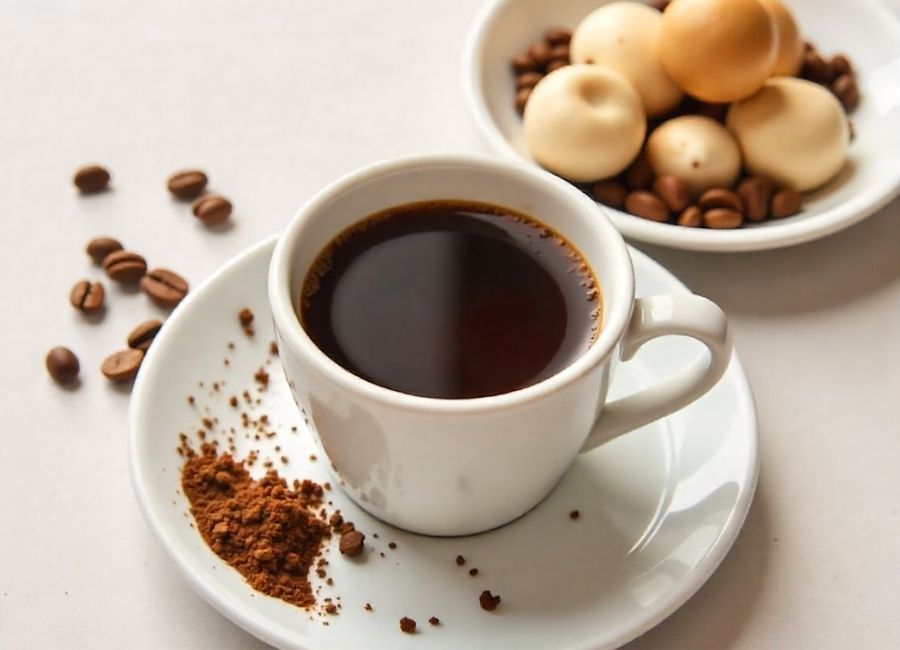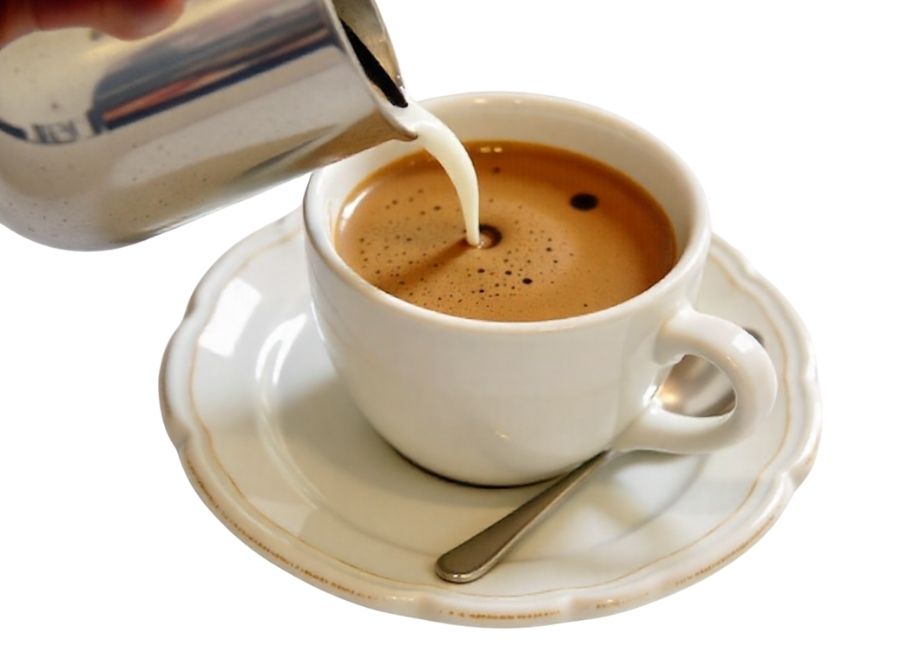Walk into any coffee shop and you’ll find the usual suspects: cappuccinos, lattes, flat whites. But tucked somewhere in the middle of the menu, you might spot something intriguing: the dirty chai tea latte.
If you’ve ever wondered why it’s called a dirty chai, you’re in good company. This popular drink has won over both coffee and tea fans, bringing together the best of both in one cup.
Here’s a closer look at what a dirty chai is, how to make one, and why it could become your new favorite order.
The Basics: What Makes a Chai “Dirty”?
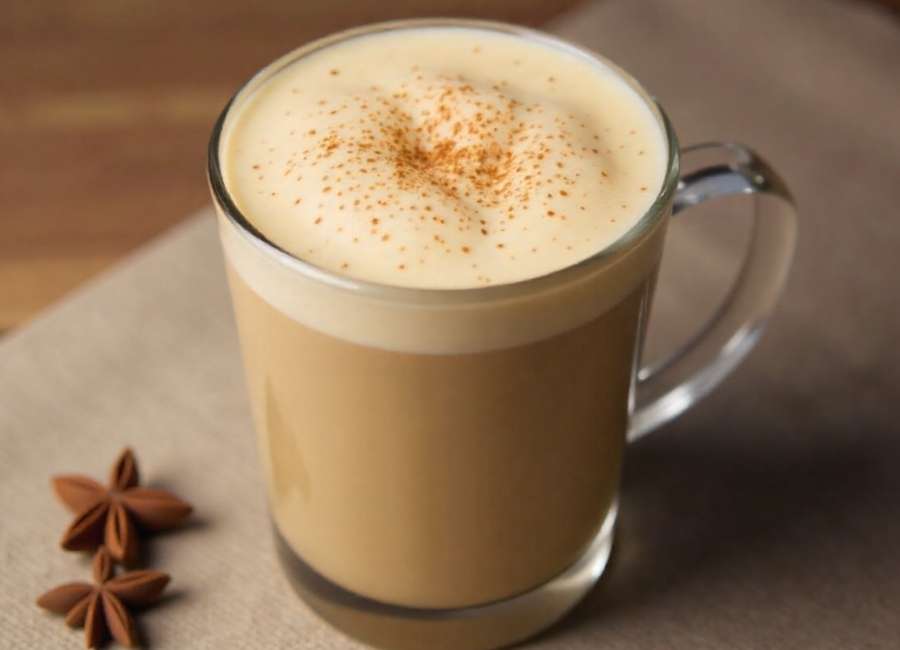
A dirty chai tea latte is just a chai tea latte with a shot of espresso added. The espresso gives the traditional chai more caffeine and a richer, deeper flavor.
To understand what makes this drink special, you first need to know what goes into a regular chai tea latte. Traditional chai is a spiced tea beverage that originated in India. (Masala chai, n.d.) It typically contains black tea steeped with warming spices like cinnamon, cardamom, ginger, cloves, and black pepper. Add steamed milk and a touch of sweetener, and you’ve got yourself a chai tea latte.
When you add a shot of espresso to that spicy, aromatic mix, it becomes something new. The coffee brings boldness, the chai spices add warmth, and together they make a unique and flavorful drink.
The Origin Story
No one knows exactly where the dirty chai came from, but most stories point to coffee shops in the United States during the 1990s. (What Is a Dirty Chai Latte? (The Ultimate Guide), n.d.) Some say a barista invented it by accident, while others think it was made on purpose by someone who couldn’t choose between coffee and tea.
No matter how it started, the dirty chai quickly became popular. Tea drinkers liked the extra caffeine, and coffee fans enjoyed the sweet, spiced flavor. By the early 2000s, you could find dirty chais at coffee shops everywhere. (Dirty Chai – The Twist in Your Traditional Tea Experience, n.d.)
How to Make a Dirty Chai at Home
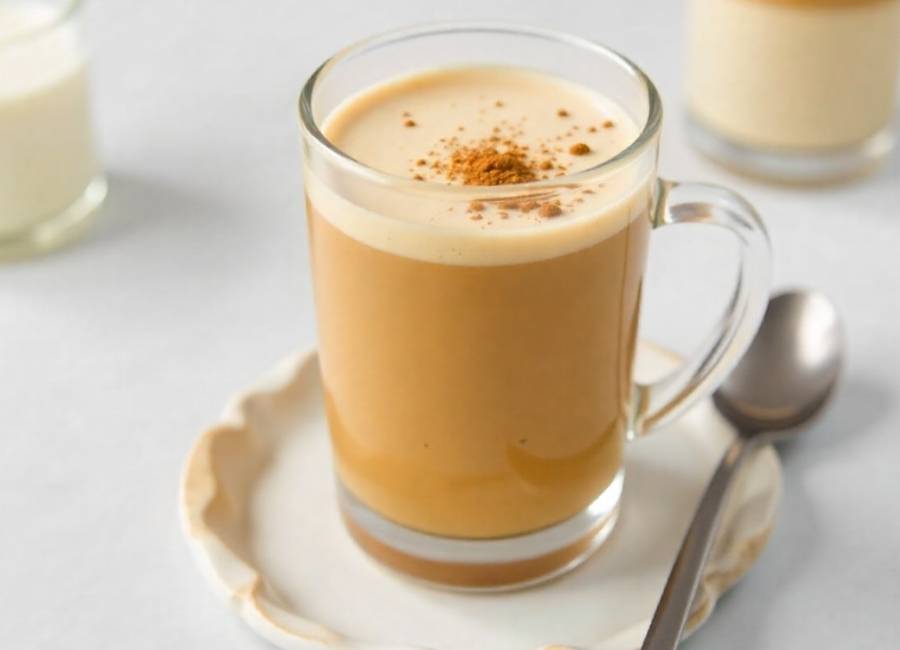
Making a dirty chai at home is surprisingly simple. It’s easy to make a dirty chai at home. You only need a few ingredients and about five minutes. leaf chai tea
- 1 shot of espresso (or 1/3 cup strong brewed coffee)
- 1 cup milk of your choice
- Sweetener to taste (honey, sugar, or maple syrup works well)
Instructions:
Begin by brewing your chai tea. Steep the tea bag or loose leaves in half a cup of hot water for 3 to 5 minutes, depending on your taste. While the tea steeps, make your espresso shot. If you don’t have an espresso machine or moka pot, use strong brewed coffee instead.
Heat your milk in a small pot or with a milk frother until it’s hot and a bit foamy. Pour the chai into your mug, add the espresso, then pour in the milk. Add sweetener if you like, and stir.
For an iced version, brew the chai tea and espresso as usual, but let them cool to room temperature. Pour over ice, add cold milk, sweeten if desired, and enjoy.
The Caffeine Question
Many people choose dirty chai for the caffeine. Regular chai tea has about 50 milligrams of caffeine per cup. Add a shot of espresso, which has about 64 milligrams, and you get around 110 to 120 milligrams in total. (What Is a Dirty Chai Latte? A Complete Guide, n.d.)
That’s about the same caffeine as a regular cup of drip coffee, but with a more interesting flavor. (How Much Caffeine in a Dirty Chai? A Complete Guide, 2025) If you want even more caffeine, ask for a double shot of espresso. Some places call this a filthy chai. (Dirty Chai Latte (3 ways), n.d.)
Why Coffee Lovers Are Obsessed
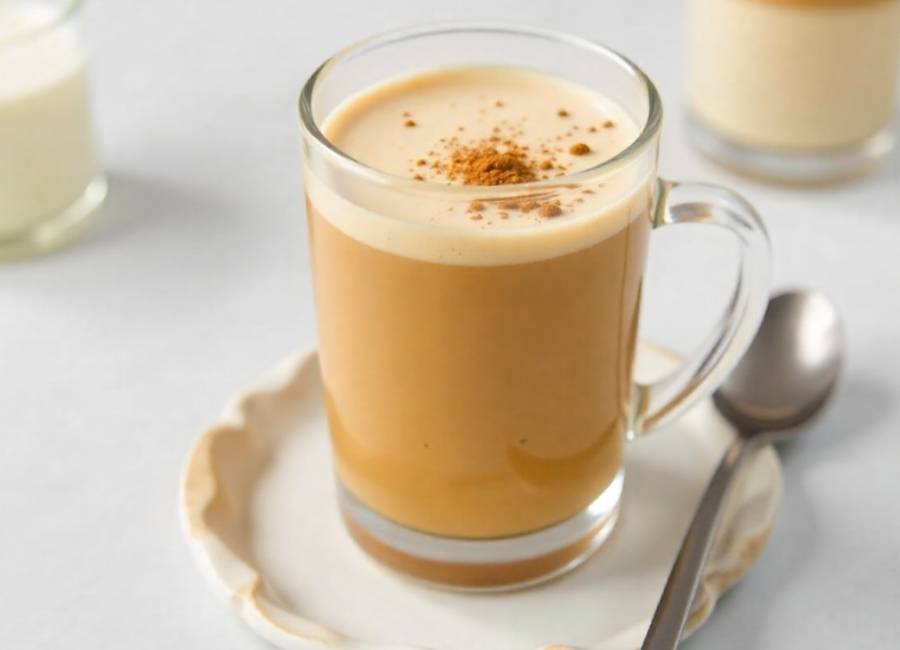
The dirty chai has earned its dedicated following for several good reasons. First, it offers complexity that neither coffee nor tea can provide on its own. The espresso brings depth and bitterness, while the chai spices add warmth and sweetness. The steamed milk ties everything together into a smooth, comforting drink.
Second, it’s incredibly versatile. You can use dirty chai, which is also very versatile. You can make yours just the way you like it—add more espresso for extra caffeine, use oat milk for a creamier feel, or change the sweetness. Some people add vanilla syrup or a little cinnamon on top. Served hot, it’s perfect for chilly mornings. Poured over ice, it makes a refreshing afternoon pick-me-up.
Variations to Try
Once you’ve mastered the classic dirty chai, consider experimenting with these popular variations:ds ice cubes. Some baristas recommend brewing a concentrated chai to prevent dilution as the ice melts.
Dirty Vanilla Chai: Add a pump of vanilla syrup to complement the warm spices and create an even sweeter drink.
Filthy Chai: For serious caffeine seekers, this version includes two shots of espresso instead of one.
Vegan Dirty Chai: Use your favorite plant-based milk. Oat milk is particularly popular because of its creamy texture and subtle sweetness.
Spicy Dirty Chai: Ask for extra chai concentrate or add a pinch of cayenne pepper for more heat.
Where to Find the Best Dirty Chai
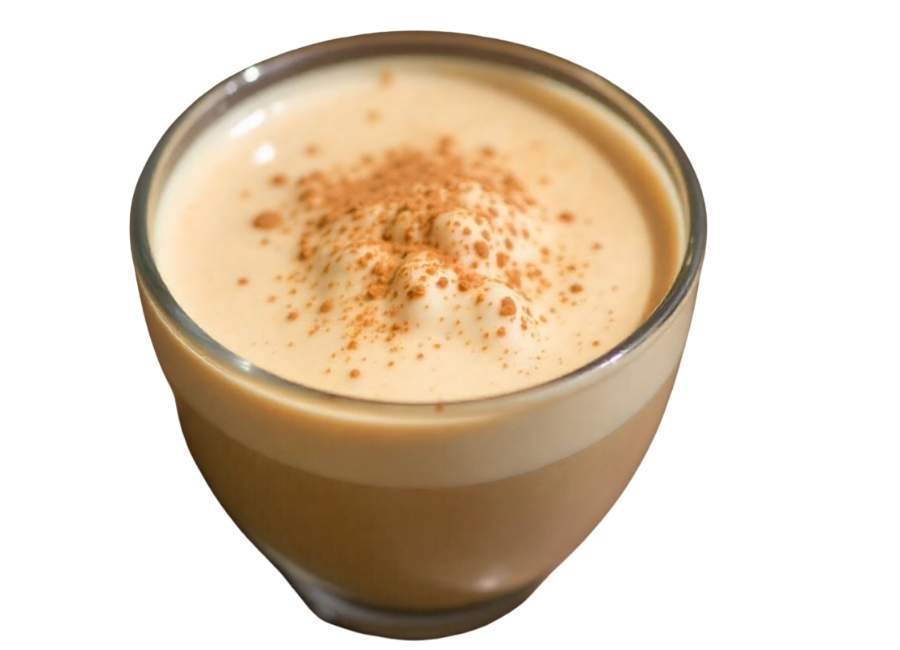
Most coffee shops that serve chai lattes can make a dirty chai if you ask for a shot of espresso in your chai latte. Big chains like Starbucks, Peet’s Coffee, and The Coffee Bean & Tea Leaf offer dirty chai, too, though they might use a different name. (Dirty Chai Tea Latte, n.d.)
Independent coffee shops often make the best dirty chai because they use their own chai concentrates and special spice blends. Feel free to ask your barista about their recipe or how they make their dirty chai.
If you prefer making drinks at home, many grocery stores sell chai concentrate that you can mix with milk and espresso. Brands like Oregon Chai, Tazo, and Pacific Foods offer concentrated versions that make preparation even easier. (Original Chai Tea Latte Concentrate, n.d.)
Your Next Coffee Shop Adventure
The dirty chai tea latte is a great example of mixing two favorite drinks to create something new and exciting. Whether you love coffee and want to try something different, or you’re a tea fan who wants more caffeine, the dirty chai is a tasty choice.
Next time you’re standing in line at your local coffee shop, feeling stuck between ordering your usual latte or trying something different, remember the dirty chai. It might just become your new favorite order.
If you want to try something new, make one at home. With just a few simple ingredients, you can enjoy a coffee shop-quality drink in your own kitchen. You don’t need to be a barista.
